No products in the cart.
Return To ShopMillet: A Wonder Diet for Diabetics
If you have diabetes or prediabetes, it is vital that you follow a diet that keeps your blood sugar under control, doesn’t create a blood sugar spike after every meal, and gives you enough energy to carry out your activities. Your doctor will probably advise you to consult a nutritionist to help you create a healthy eating plan because a diet chart made by an expert assists you in managing your weight, blood glucose levels, and heart disease risk factors.
Increased consumption of carbs raises blood sugar levels and if blood sugar isn’t managed, major health issues, such as hyperglycemia, may arise. Hyperglycemia or elevated blood sugar is particularly bad for you because extended exposure to elevated blood sugar levels might result in chronic problems such as kidney, heart, and nerve damage. The good news is, you have control over maintaining a safe blood sugar level with or without a dietitian’s advice. Make mindful meal selections and monitor your consumption patterns to control your diabetes, and learn about the GI index to choose the food items wisely.
Why Are Some Foods Bad for Diabetics?
People with diabetes have a high blood sugar level, which means the amount of glucose present in their blood is higher than normal. Glucose comes from certain meals that are rich in carbohydrates, such as rice, bread, potatoes, etc. and some foods have more carbs than others. You will have a higher blood glucose level the more carbohydrate-rich foods you eat, and that is why diabetics should not eat all types of foods.
Choosing the proper foods is crucial to controlling your blood glucose at a healthy level whether you have type 1 or type 2 diabetes because maintaining blood glucose control reduces the risk of developing major health complications, including heart and visual issues. Additionally, if you are at risk for diabetes or have prediabetes, consuming foods that are not high in carbs and maintaining healthy blood glucose levels may help stave off type 2 diabetes and keep you healthy.
Choose a Millet-based Diet to Control Diabetes Problems
No single diet or food plan is effective for everyone, but for diabetics, the options can be limited because of health concerns. We have already mentioned that carbs are bad for diabetics, and yet, as Indians, we eat rice and wheat at every meal. Why not replace rice or wheat with millet, the diabetes-friendly grain? With millet-based recipes, you can create the ideal eating plan for you because millet grains have low carbs and are dense with nutrients such as vitamins and minerals. However, millet offers many other benefits too for diabetics, so let’s take a look.
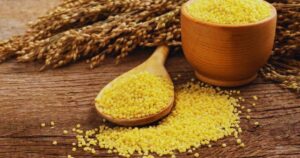
Millet’s Low Glycemic Index Prevents Blood Sugar Spike
Millet inhibits rapid rises in blood sugar levels because it has a low GI rating, and it increases blood sugar levels more slowly and steadily than other grains, which is good for your health.
The High Amount of Fiber in Millet Keeps Diabetics Satiated
Fiber is your friend when it comes to effectively managing your diabetes because dietary fiber slows down the digestion and absorption of carbs, allowing glucose to enter the bloodstream gradually. Millet is full of fiber and will make you feel satiated for a long time after each meal.
The Nutrients of Millet Help Reduce Diabetes-Related Tiredness
Millet is not only a good source of dietary fiber but also contains all the necessary vitamins, minerals, and antioxidants that promote health, particularly for those with diabetes who may be more susceptible to many health problems. Nutritious foods such as millet give you energy so that you can enjoy your day without feeling tired or drowsy.
Which Millet is Good for Diabetes?
Barnyard Millet:
Also known as Japanese millet or Sanwa, barnyard millet is a great source of minerals, zinc, and potassium that help to keep the body healthy and it naturally reduces the risk of diabetes.
Finger Millet:
Finger millet, often known as ragi, is a great millet grain to include in your everyday diet, and they are rich in minerals and vitamins, which can improve general health. It is also advantageous for those with diabetes since it has a higher proportion of complex carbs and fewer simple sugars.
Pearl Millet:
Also known as bajra, pearl millet is a very nutritious grain that is beneficial for diabetics since it has a low glycemic index, which means it has little effect on blood sugar level rise.

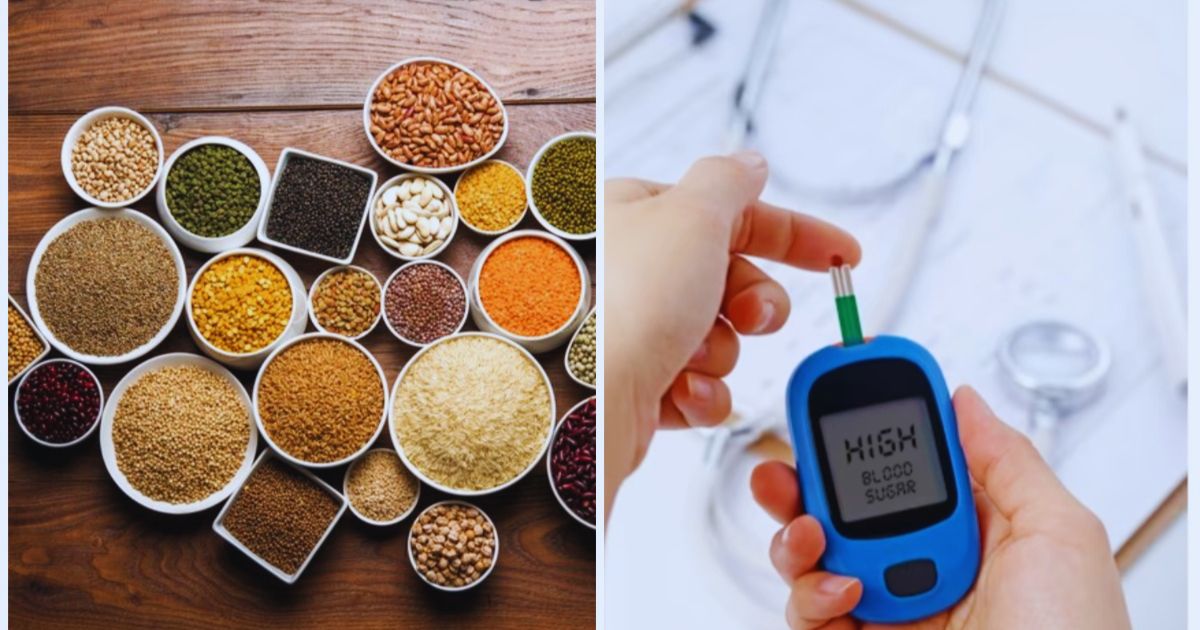
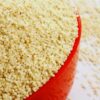



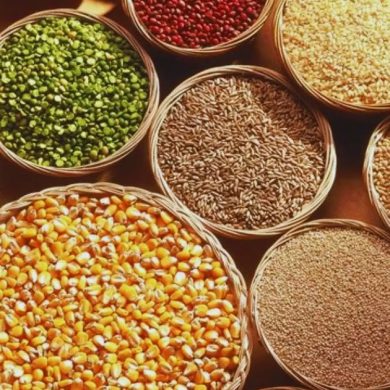
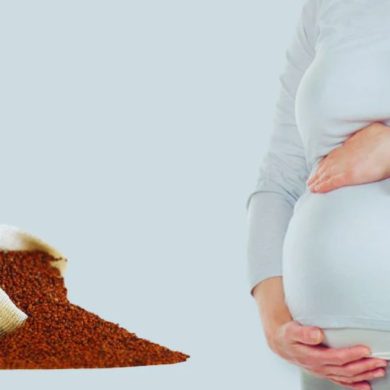
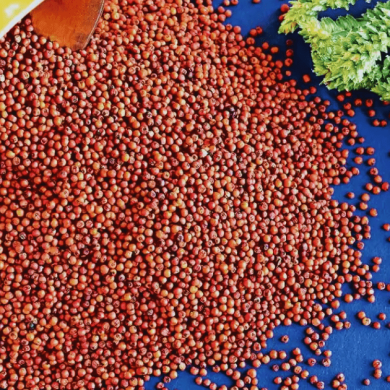
2 comments
Christine2103
Good https://is.gd/N1ikS2
adminAuthor
All the millets have low GI, all the millets are good for weight loss. Millets keeps you full for longer time, has lots of fiber and complex carbs which takes tie to digest and releases sugar into your blood slowly.